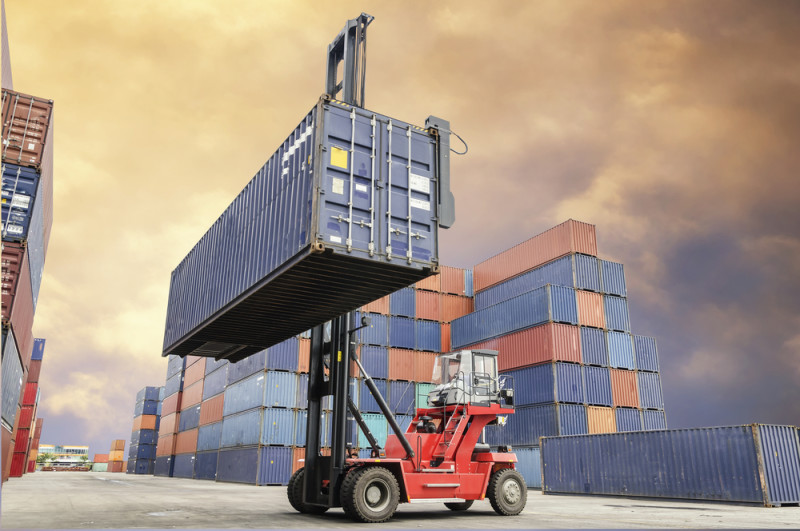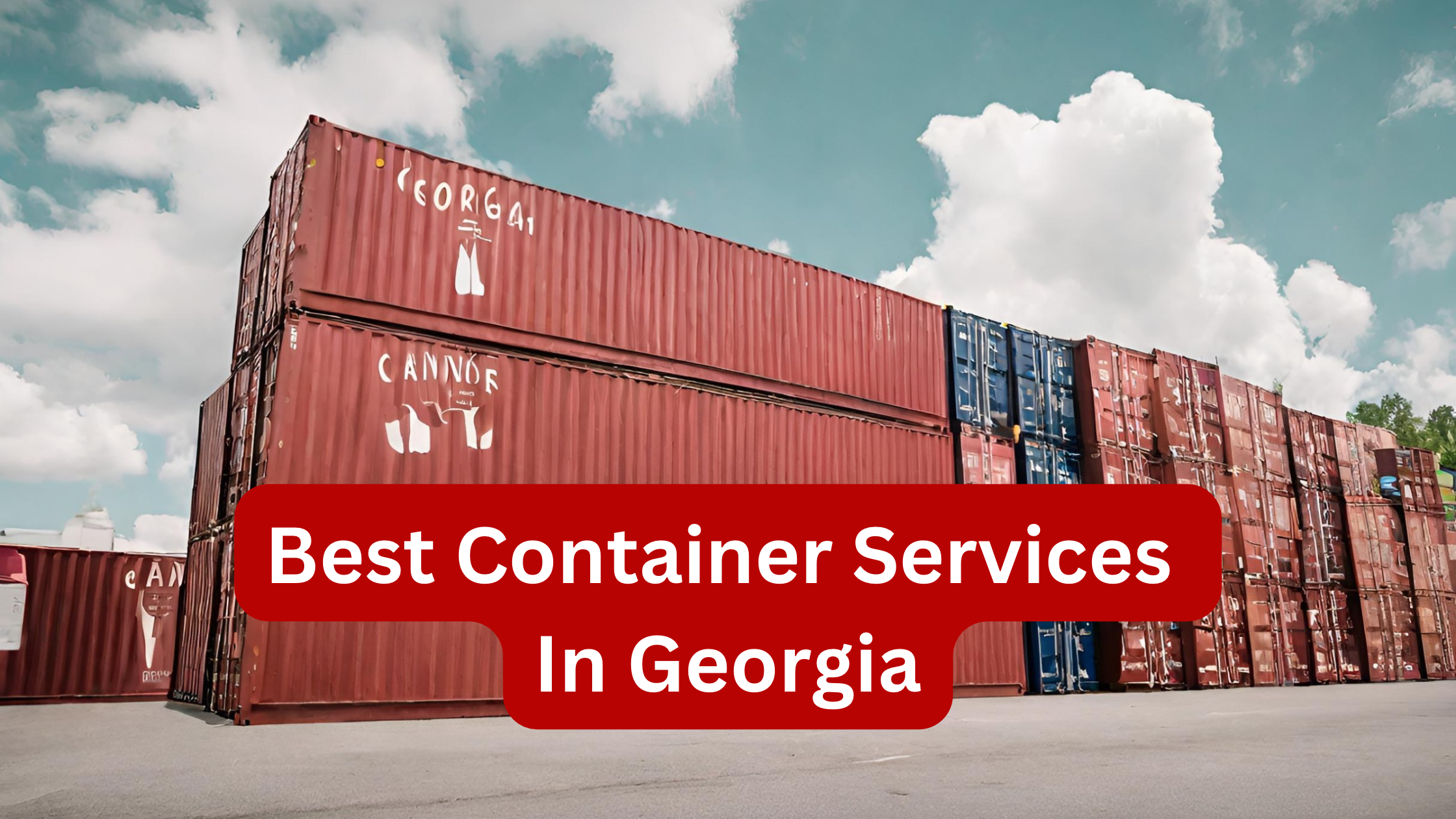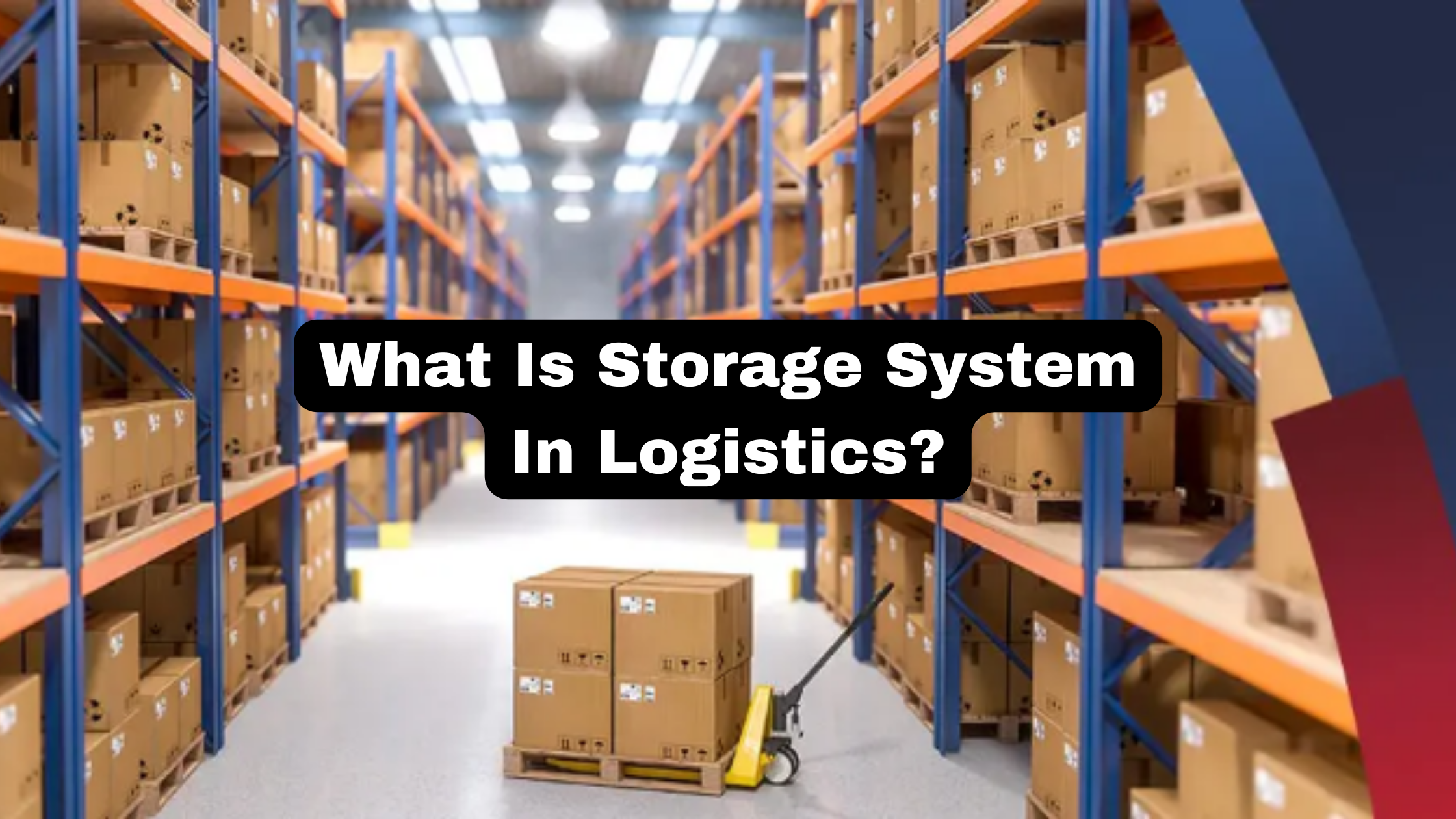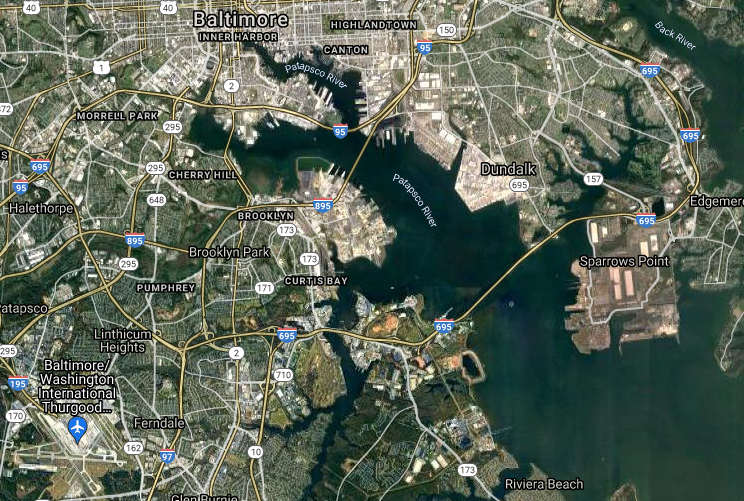The efficient movement of products is facilitated by various specialized services in the enormous logistics business.
Among many modes of transportation, drayage is also one. The effective cargo movement between ports, train yards, and distribution centers depends on drayage.
Today we will look at what drayage transportation is, how it can be used to facilitate the logistics industry, and the benefits of using drayage instead of any other form of transportation.
What is Drayage Transportation?
“The first mile” is a common term used to describe drayage. It involves moving products from one port, terminal, warehouse, or store to another. Drayage is a minor aspect of the wider transportation process involving moving items from one location to another.
Drayage services connect the last mile of delivery to long-distance modes of transportation like rail or the ocean.
The Drayage Process
The following steps are involved in the drayage process:
Pickup: Drayage starts when cargo containers are picked up from a port or rail yard. Containers are loaded into drayage trucks by terminal operators or other authorized staff.
Transporting Containers to the Designated Location: Drayage trucks move the containers to the specified location, a warehouse, a distribution center, or an intermodal facility. The travel distance often stays within a 50-mile range.
Unloading: The containers are either unloaded by the drayage carrier or by staff from the customer when they arrive at their destination. After that, the cargo is ready for additional handling, storage, or distribution.
Return of Empty Containers: The drayage carrier may return the empty containers to the port or rail yard once loaded, completing the drayage cycle.
Key Players in Drayage Transportation
Drayage Carriers: These are the trucking firms moving the goods. Drayage carriers pick up, transport, and deliver containers using a fleet of trucks they manage that are outfitted for container transportation.
Ports and Rail Yards: These are mostly drayage transportation’s starting or finishing points when containers are loaded or unloaded onto drayage vehicles. These locations act as vital hubs for both local and international freight transit.
Intermodal Facilities: Intermodal facilities bridge long-distance transportation modes and last-mile delivery, such as container yards or distribution centers. They offer container storage, sorting, and consolidation services during drayage.
Factors That Affect The Cost Of Drayage
A few elements determine the overall cost of drayage for any commodity. The price may increase or decrease as a result of these variables. Let’s examine these elements now.
Each drayage carrier normally has a defined base charge for a number of parameters, including the combined weight of the shipments, the kind of packing, and the overall distance the cargo has to be transported.
The unit of weight based on which base rates are calculated is the hundred-pound (CWT) increment. This means a cargo weighing 150 pounds will be invoiced at 2 CWT. Depending on the work, drayage for 1 CWT costs $60 to 160.
Packing your products in smaller batches costs significantly more than packaging them together. Smaller packaging might result in costs that are up to three times higher.
Additional fees also impact the entire cost of the drayage. Customers are aware of some of these extra costs in advance, while others are only made clear after the procedure.
Fuel prices, chassis costs, toll taxes, and detention fees are only examples of extra expenditures. The carrier will previously provide a breakdown of these fees.
Significance of Drayage Transportation
By enabling the prompt transportation of goods between ports and close-by destinations, drayage significantly contributes to optimizing port operations. It increases the supply chain’s effectiveness and helps relieve congestion at port terminals.
Drayage transportation offers smooth intermodal connections between many means of transportation, including ships, trains, and trucks. It ensures the cargo is transferred smoothly, enabling swift movement across the supply chain.
Drayage transports merchandise from ports or rail yards to warehouses or distribution centers closer to final consumers. This is known as “last-mile delivery.” It facilitates the prompt and economical transportation of commodities to their intended locations.
Drayage facilitates the optimization of container transportation across small distances, lowering transit times and expenses. Long-haul vehicles no longer handle short-distance transportation, leading to more effective operations and lower costs.
Drayage transportation may support sustainability objectives by easing traffic, lowering emissions, and encouraging the use of intermodal transportation methods.
Since fewer individual truck journeys are required when goods are combined into bigger containers for drayage, there are fewer carbon emissions and less of an impact on the environment.
Drayage services offer supply chain flexibility by allowing customers to swiftly adjust to changes in demand, transportation options, and distribution tactics. Drayage companies can quickly respond to changes in the amount of freight and handle them with efficiency.
Conclusion
The logistics business relies on drayage transportation to make transferring products between ports, train yards, and distribution centers easier. It is essential for maximizing port operations, tying together various types of transportation, and guaranteeing effective last-mile delivery.
Dragging services considerably improve the efficiency of the whole supply chain by lowering transit times, increasing cost-effectiveness, and promoting sustainability.
The significance of drayage transportation is anticipated to increase as the global trade environment changes, making it a crucial component of the logistics ecosystem.








